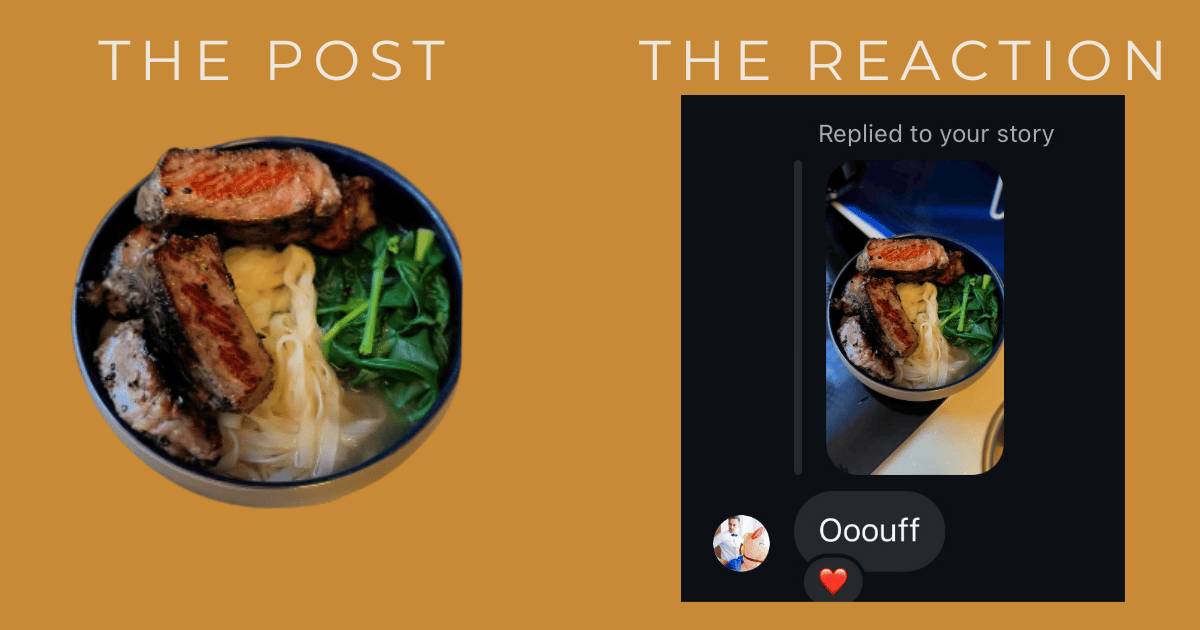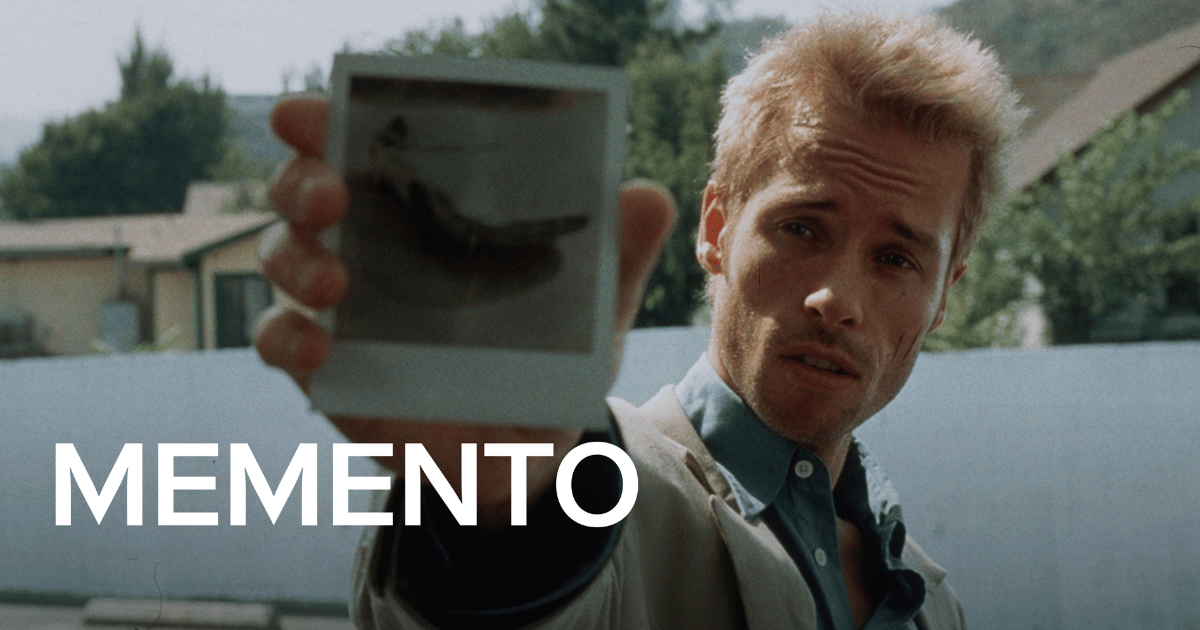
When you don't know what to do, what to wear, or what to serve for dinner, the advice is always the same: stick with the classics. The satisfaction of the classics is that they've been time-tested. With enough people vouching for them, something can transform from merely popular to genuinely classic. That transfiguration requires one special ingredient: Time. Somewhere along the spectrum between then and now, there's a collective agreement that this thing, this particular combination of elements, gets something fundamentally right about the human experience.
The right ratios of butter, sugar, flour, salt, and eggs baked at the right temperature for the right amount of time will get you that validation every time. Throw in chocolate chips and you get the classic chocolate chip cookie recipe—one you probably already know by heart.
But classics aren't just about baking—they're about comfort across all forms.
Romance of Three Ingredients: Warm Noodle Soup
For me, that comfort comes in the form of broth, protein, vegetables, and chewy noodles on a chilly autumn morning. It's early October here in Hong Kong, and Mid-Autumn Festival is coming up in a week or so. But with these heat waves, mornings have been more sweaty than chilly. It would be time for my classic PSL, but it's far too hot for that. So, as classics do, they adapt to their environment—I got myself a Pumpkin Cream Cold Brew instead.
Even though it's 85°F (30°C) outside, let me share what I consider a classic night in: dinner and a movie.
I'm always in the mood for warm noodle soup for breakfast, wherever I am in the world. Back home in Hong Kong, it's the Spam + Egg + Instant Noodle Soup from a spot just three minutes from my apartment.

In Japan, it's char siu ramen with scallions. In Northern Thailand, Khao Soi.
I've made variations of each, but after boiling pork bones for over 12 hours to render out the collagen and flavor, you quickly realize this isn't a one-time, at-home cooking experiment—it's an industrial affair.
But once you understand the basics, you realize you can riff on it and add whatever elements you want based on what's in your pantry and fridge. Take this beauty that elicited a righteous "Oooufff" from one of my friends: Broth + Noodles (instant pho noodles, thank you Costco), Vegetables (a handful of spinach), Protein (leftover steak that I was originally going to eat as-is, but the pan sear wasn't hot enough so I went hibachi style instead).

I have a theory as to why a warm bowl is so restorative—based on absolutely no science whatsoever, just my observations. The average core body temperature is around 98.6°F (37°C), so it would make sense that when you put something into your system that's closer to that temperature, your body has to work less to process it. Again, purely my own observation, but warm liquids seem to help with digestion more than chugging a liter of Dunkin' Iced Coffee.
Modern Classic: Memento and the Stories We Tell Ourselves
Just as warm bowls restore the body, certain films restore something else entirely. As the weather (hopefully) cools and I move from kitchen to couch, it's time for this month's Criterion Collection pick: Christopher Nolan's Memento—a film that's barely old enough to rent a car but has already carved its place in my top 10.

Before Nolan became Nolan—before the Batman trilogy, before Inception's layered dreamscapes—he was a filmmaker grabbing friends on weekends, working with whatever budget he could scrape together. Memento was his first real film with actual production money, and watching it now feels like witnessing greatness being born.
The story follows Leonard, a man with amnesia searching for his wife's killer, his body covered in tattoos that serve as his external memory. The film moves both forward and backward simultaneously, color scenes alternating with black and white—two timelines that eventually merge in the middle like streams converging into a river.
It's a structural marvel that could have felt gimmicky in lesser hands. Instead, it becomes the perfect vessel for exploring questions that feel urgently relevant today: What is reality when we can curate our own narratives? How do we live with the stories we tell ourselves, even when they're lies? In Leonard's world of Post-it notes and Polaroids, every moment requires reconstruction—not unlike our current age of feeds and filters, or even how we reconstruct a meal from pantry fragments.
Watching Memento again this month while navigating my own life transitions, the theme of constructing narratives from fragments hits differently. I remember studying this film in college and learning that watching the scenes in chronological order actually diminishes the experience. The backwards structure isn't just clever filmmaking; it's essential to understanding Leonard's condition. Every time a new chapter starts, we have to remind ourselves what happened two chapters ago—an exercise in mental concentration. We experience his confusion, his constant state of awakening to circumstances we can't quite piece together.
Memento remains a classic for me because it captures something true about the human condition: we're all living in our own constructed realities, building meaning from fragments, choosing which memories to trust. While the memories Leonard chooses to trust might be lies, what Nolan highlights is the act of choosing to trust any memory in the first place. The tattoos Leonard carves into his skin become a metaphor for how we all carry our histories—some accurate, some convenient, all necessary for navigating another day.
The Forever Recipe
These days, I find myself drawn to wondering what I wouldn't mind doing forever. As external circumstances get more turbulent, my internal world is trying to find solid ground. A well-made pasta on a quiet Saturday. The particular satisfaction of watching a film that trusts its audience to keep up. That sounds pretty good to me. It sounds solid.
Just like that chocolate chip cookie recipe we all know by heart, these are the things—the warm bowls, the challenging films, the rituals—that become our personal classics. Not because they're popular, but because time has proven them essential to who we are.
What classics anchor your world? The dishes that never disappoint, the films you return to, the pieces in your closet that feel like old friends? I'd love to hear what stands the test of time in your corner of the backyard.
In the spirit of Izakaya feedback, what would you like to see more of in the upcoming newsletters?
Savoring this moment with you,
Kevin L

